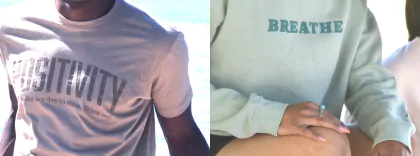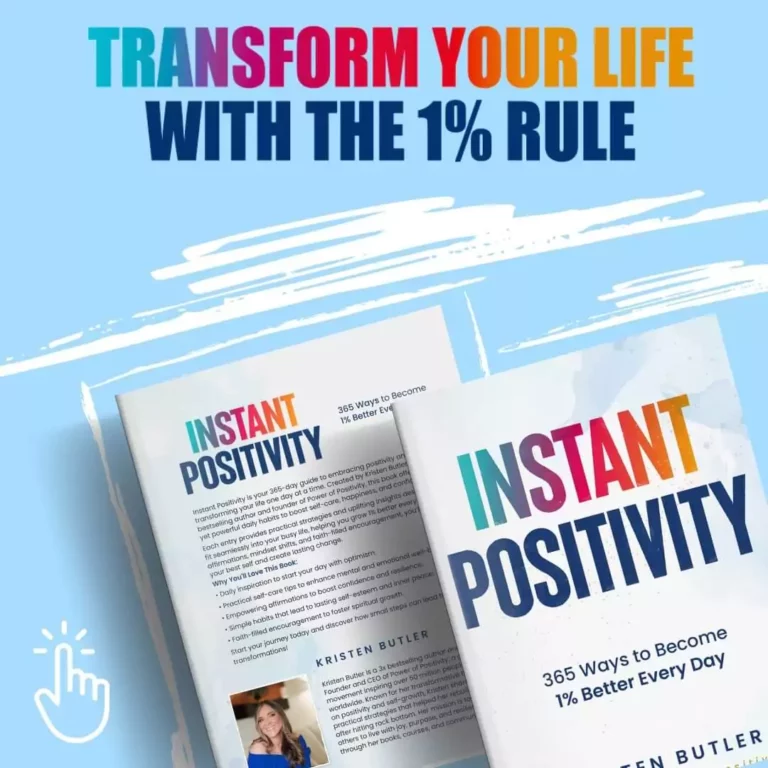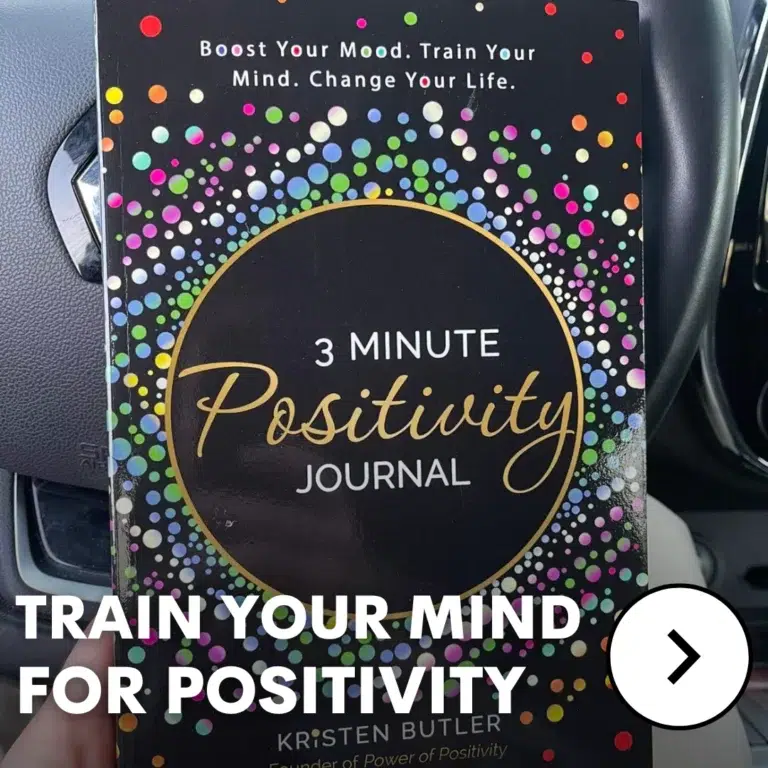There’s a quiet comfort in doing what we’ve always done. The comfort zone feels safe because it’s known. Nothing unexpected happens there, and that can feel like relief—especially when life already feels heavy. But staying in that same space too long can start to feel more like a trap than a cushion.
Often, it’s not the effort that holds people back. It’s the thought of doing too much, too fast. Trying feels like it has to be big, and that’s where the fear builds. But starting doesn’t need to be dramatic. It can be small—so small it almost feels silly. That’s the trick. When something feels manageable, we’re more likely to begin. And once we do, we’ve already done the hardest part: we’ve moved. That’s how the comfort zone starts to stretch.4
What “Courage to Try” Really Means
Trying doesn’t need to look brave to be brave. Courage isn’t always loud or bold. It can show up as a quiet decision to try, even when you’re unsure how it will go. The point isn’t to jump into something risky—it’s to take a step that’s just outside your usual comfort.
You don’t need to wait until you’re fully ready. The courage to try shows up when you:
- Say yes before you feel 100% confident
- Try again after something didn’t work
- Show up, even with shaky hands or a racing heart
None of these moments require perfection. They just require willingness. And that’s the heart of courage—not having it all figured out, but still choosing to begin. The more you practice, the more natural it feels. This is how your comfort zone starts to shift—bit by bit, without pressure to be anything but real.
Courage Starts Where Certainty Ends
Growth begins in the space between comfort and the unknown. You won’t always be sure it will work, but moving forward anyway—that’s where courage lives.
The Three Zones and Why They Matter
Every person has limits—places where they feel safe, stretched, or overwhelmed. That’s why understanding the three basic zones can make trying feel less confusing.
Here’s a quick breakdown:
- Comfort Zone: Where things feel easy and predictable. You’re not growing here, but you feel in control.
- Stretch Zone (also called the Learning Zone): This is where small challenges live. You feel a little nervous, but not frozen.
- Panic Zone: This feels like too much. You might shut down, overthink, or avoid the situation completely.
Each of us moves through these differently. But knowing which zone you’re in can help you make smarter choices. Growth happens in the stretch zone, not when you push so hard you want to run back to the beginning.
You don’t need to live outside your comfort zone forever. You just need to step outside it long enough to build something new—then that new space becomes your comfort zone over time.
Why the Stretch Zone Is the Sweet Spot
Trying should feel like a stretch—not a sprint. If you’re shaking, panicking, or avoiding everything, you’re too far out. Step back just enough to breathe and try again.
Start Smaller Than You Think
Big changes sound great until we’re the ones doing them. That’s where people get stuck—they believe they have to make a giant move or it won’t count.
Truth is, the tiniest steps are often the strongest ones.
• Starting a conversation you usually avoid
• Taking a different route to work
• Saying “I need help” once
Each of these might seem small, but they train your brain to handle discomfort without fear. That’s what makes change stick. You don’t need to leap—you just need to lean.
Letting the next move be smaller than you expected makes it easier to begin. And once you start, you’re already doing the work of moving out of your comfort zone.
Micro-Shifts Make It Stick
A full life shift is hard to manage. But small, steady actions—things you can repeat—build courage without burnout.
Notice What Feels Safe—Then Adjust One Thing
Pay attention to your habits. Often, the things you do without thinking are the ones keeping you stuck. That’s not a bad thing—it’s just a sign of what your comfort zone looks like right now.
To grow, you don’t have to flip your life upside down. You can shift just one part.
• If you always say no to plans, say yes once
• If you wait for someone else to speak first, say hello first
• If you always play it safe, take one small risk
None of these need to be perfect. The point is to gently challenge your routine.
Disrupt the Auto-Pilot Gently
You don’t need to change everything. One tweak in a daily pattern can remind you that you’re capable of more than the routine allows.
Calm Your Nervous System While You Try
Trying something new can set off stress before you even begin. That doesn’t mean you’re weak—it means your body is wired to keep you safe. But you can learn to calm those signals so they don’t stop you from trying.
Here’s how:
• Take five slow breaths before doing the hard thing
• Press your feet flat on the ground and feel the support
• Place a hand on your chest and remind yourself, “I’m safe”
These small actions help your body feel steady, even when your mind is unsure. They help you stay present long enough to take action instead of freezing or pulling back.
Breathe First, Then Act
Before you step outside your comfort zone, take a moment to feel grounded. A calm body can do brave things.
Reframe “Failure” Before You Start
Fear of failure stops a lot of people before they even try. It’s not the effort that feels hard—it’s the worry that trying and not getting it right means they’ve messed up. But what if failure isn’t something to fear?
Trying and missing the mark doesn’t mean you’ve failed. It means you have more information than before. That’s not failure—it’s learning.
Start shifting the way you see it:
- Missed the goal? Now you know what needs adjusting.
- Didn’t feel ready? You tried anyway—and that counts.
- Felt awkward? That means you were growing.
Trying Is Winning
Every attempt moves you forward. Even when the result isn’t perfect, the act of showing up builds momentum. You’re further along than if you hadn’t started at all.
Borrow Belief from Past Tries That Worked
Think back to something that once felt hard—but now feels normal. Maybe it was your first job, your first solo trip, or learning something new. At the time, you weren’t sure you could do it. But you did.
That’s proof.
When you face something new, borrow strength from those old wins. You’ve handled fear before. You’ve done something without knowing how it would go. This moment is no different.
Try this:
- Write down three things you once thought you couldn’t do
- Remember how it felt right before you began
- Look at where you are now
If You Did That, You Can Do This
Confidence doesn’t always come from the present—it’s built by looking back at what you’ve already overcome. Let your past wins remind you what’s possible.
Try One Thing with No Stakes Attached
Not every try has to be a big deal. In fact, the best place to build courage is where there’s nothing to lose. These low-stakes moments give you space to practice without pressure.
You can test bravery in small, quiet ways:
- Sing out loud in the car
- Ask a stranger for directions
- Try a new food you’ve always avoided
These moments might not seem like much, but they teach your brain that trying something different doesn’t have to be scary.
Make Practice Your Playground
Let courage feel playful. The more you treat small risks like practice, the easier the bigger steps become.
Let Progress Be Quiet
Growth doesn’t always make a scene. It’s not always a big announcement or a massive change. Sometimes, it’s just feeling a little more okay than you did last time.
You might:
- Respond to something calmly instead of freezing
- Say what you need without second-guessing
- Choose action even with shaky hands
That’s progress.
You Might Not Feel Brave—But You’re Becoming It
You don’t need to feel powerful to be growing. The shift is already happening each time you try. Even the quiet steps count.
Final Thoughts on What Courage to Try Really Builds
Each small effort adds up in ways you might not notice right away. The act of trying—especially when things feel uncertain—starts to shape how you see yourself. Bit by bit, you begin to believe that you can handle what comes next.
This kind of self-trust doesn’t come from winning or getting it right. It grows from showing up and giving it a go, even when the outcome isn’t clear. That’s the quiet reward of courage—not being the best, but knowing deep down that you’re someone who keeps going.
As your comfort zone stretches, you become less afraid of what used to feel too big. You stop waiting for the perfect moment and start trusting your ability to begin. And that trust becomes the real strength you carry forward.















